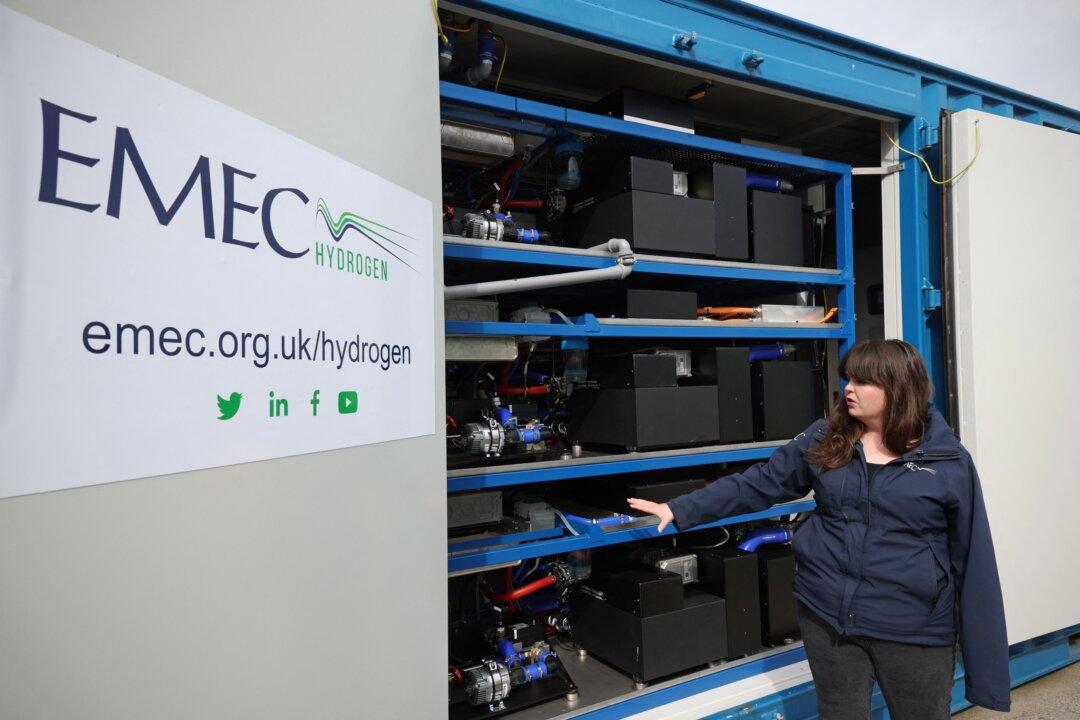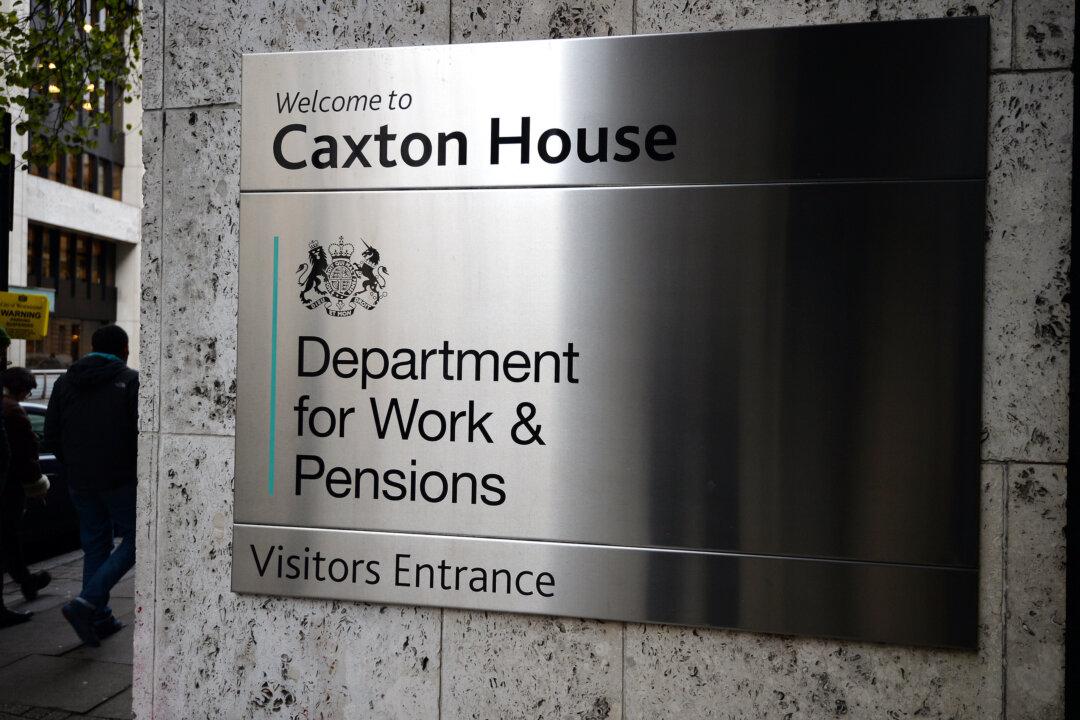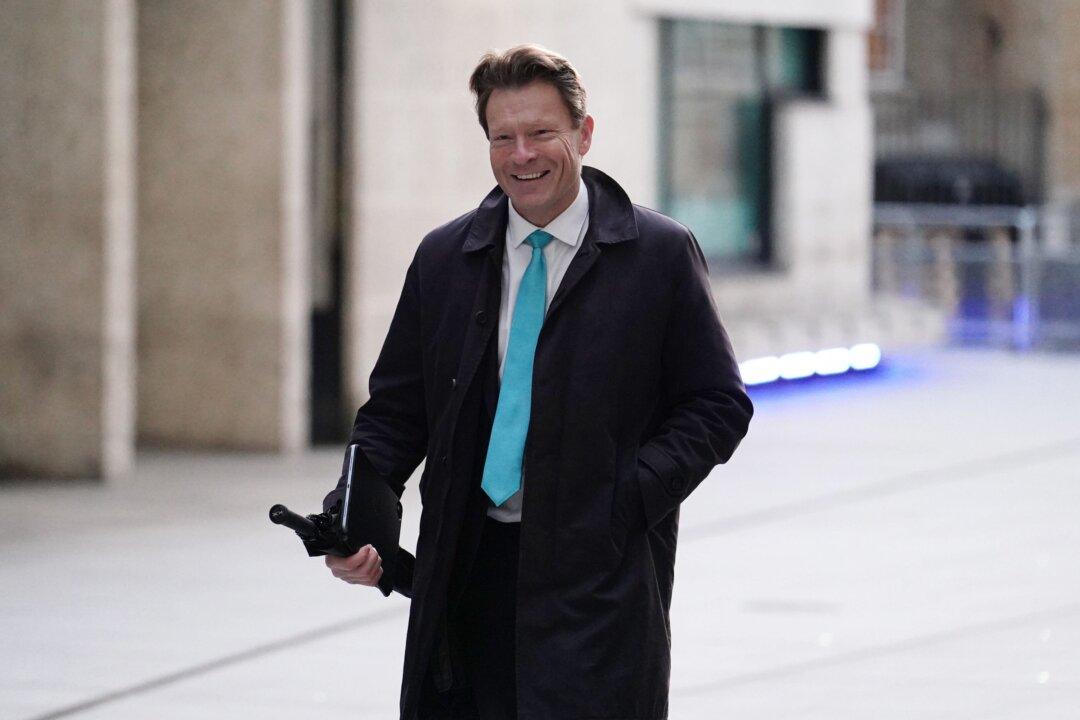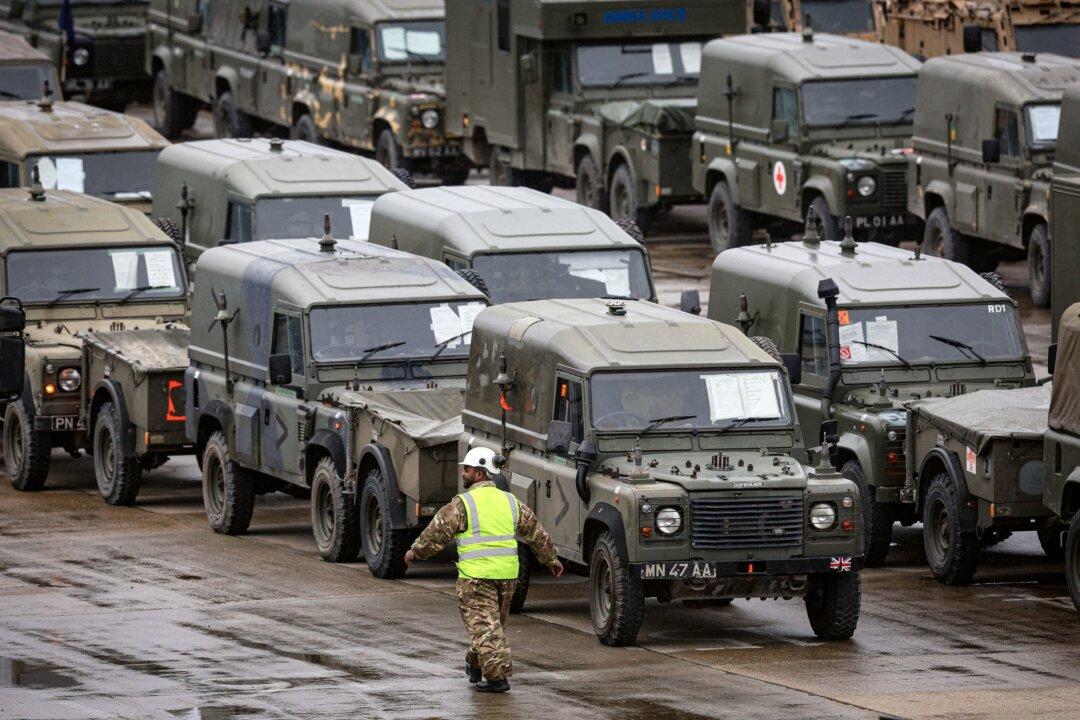The UK government has pledged £2 billion in funding over the next 15 years to support 11 major green hydrogen projects across the country, in announcements made on Dec. 14.
The initiative, involving the largest number of commercial-scale green hydrogen production projects announced simultaneously in Europe, aims to position the UK at the forefront of the emerging hydrogen industry. Unlike blue hydrogen, which relies on fossil fuels, green hydrogen is produced through electrolysis, using renewable energy to split water.
Energy Security Secretary Claire Coutinho emphasised the significance of the investment, stating in a press release, “Hydrogen presents a massive economic opportunity for the UK, unlocking over 12,000 jobs and up to £11 billion of investment by 2030.”
The projects will receive guaranteed pricing from the government for the clean energy they supply, generating over £400 million in investments over the next three years. More than 700 jobs are expected to be created, spanning from Plymouth to Cromarty, with notable beneficiaries including Sofidel in South Wales, InchDairnie Distillery in Scotland, and PD Ports in Teesside.
In response to the announcement, Sopna Sury, chief operating officer of Hydrogen RWE Generation, said that it “demonstrates that the UK wants to be a leader in delivering the clean energy transition.”
Roadmap Outlines Ambitious Plan
The Hydrogen Production Delivery Roadmap, released alongside the funding announcement, outlines the government’s vision for hydrogen production until 2035. It includes ambitious targets, such as allocating up to four gigawatts (GW) of carbon capture-enabled hydrogen and up to six GW of electrolytic production by 2030.The roadmap underscores the achievements in hydrogen initiatives since the UK Hydrogen Strategy’s inception two-and-a-half years ago. Notable progress includes the successful allocation of 125 megawatts through the Electrolytic Hydrogen Allocation Round, with the second round currently in progress.
Setting a bold overall target of achieving up to 10 GW of low carbon hydrogen production capacity by 2030, the plan aims to leverage private investments and foster a competitive marketplace. Key elements include allocations for carbon capture-enabled hydrogen, electrolytic production, and specific capacities outlined in various Hydrogen Allocation Rounds (HARs) from 2025 to 2030.
The plan emphasises the need for cost reductions and collaboration with demand sectors while supporting regional networks. As such, the government has scheduled a thorough review of the project in 2025 to align with evolving evidence and strategic decisions.
Energy efficiency and green finance minister Lord Callanan highlighted the pivotal role of these initiatives in achieving net-zero targets and fostering job and investment opportunities. “Today’s funding commitment represents a monumental step forward in helping producers to deliver a fuel of the future today, backing businesses to go greener,” he said.
Industry Welcomes Announcements
Bart White, European head of energy structured finance at Santander Corporate & Investment Banking, welcomed the announcements, stating, “We very much welcome today’s broad suite of announcements that will further catalyse the development of the UK’s hydrogen infrastructure and ecosystem.”Additionally, the government announced support for hydrogen blending in certain scenarios, subject to safety assessments, and decided not to proceed with a hydrogen trial planned in the village of Redcar. The focus will now shift to assess evidence from a “neighbourhood trial” in Fife to determine the efficacy of hydrogen’s role in household heating by 2026.
Clare Jackson, CEO of Hydrogen UK, highlighted the importance of the funding support for first-mover projects, stating, “Today’s announcements provide crucial support to first-mover UK hydrogen projects, helping kickstart domestic production.”
The move comes as China General Nuclear Power Corp. (CGN) suspended funding on Dec. 13 for Hinkley Point C nuclear station in the UK, signalling growing tensions between Beijing and London.
The Hinkley Point C project, a joint venture between EDF and CGN, faced challenges, and CGN’s decision to halt funding further complicated the future of the nuclear station.







